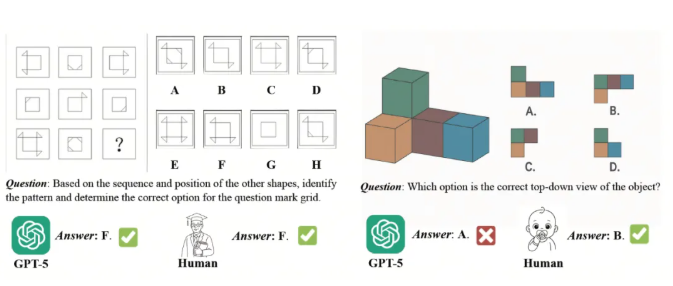Recently, OpenAI released the GPT-5.1 update, further enhancing the performance of its large language model. Since the launch of GPT-5 in August this year, developers have finally seen significant improvements in speed and cost-effectiveness in this version.
An important feature of GPT-5.1 is the "adaptive reasoning" mode. Unlike previous models, this new mode can adjust processing speed based on the complexity of the question. Simple questions can be answered more quickly, reducing the waiting time for developers during coding. Additionally, GPT-5.1 introduces a "no-reasoning" mode, allowing AI to provide quick answers to simple requests without complex thinking. This improvement greatly enhances the fluency of programming, making developers feel higher efficiency while working.

Another key advancement is the extended prompt caching feature. By caching previous prompts, the system no longer needs to re-analyze them for repeated requests, thereby reducing API call costs. This can significantly save costs for scenarios that frequently use the same instructions, such as customer support.
In terms of development tools, Denis Shiryaev, head of JetBrains' AI development tool ecosystem, said that the performance of GPT-5.1 exceeded expectations, efficiently integrating into existing codebases and enhancing the developer experience. Additionally, this version has improved the controllability and friendliness of AI, making it more natural in interactions.
The GPT-5.1 update provides developers with a more efficient way to program, completing tasks in shorter periods and reducing usage costs, which brings new possibilities for the application of embedded AI.
Key points:
🌟 The adaptive reasoning mode improves the response speed for simple questions, reducing developers' waiting time.
⚡️ The "no-reasoning" mode speeds up responses to basic requests, improving the fluency of programming.
💰 The extended prompt caching feature significantly reduces API call costs, saving development costs.







